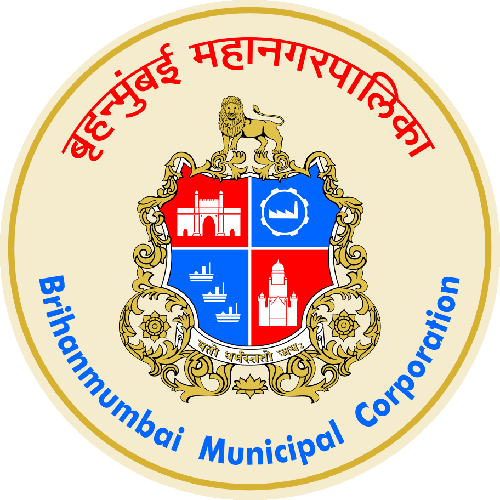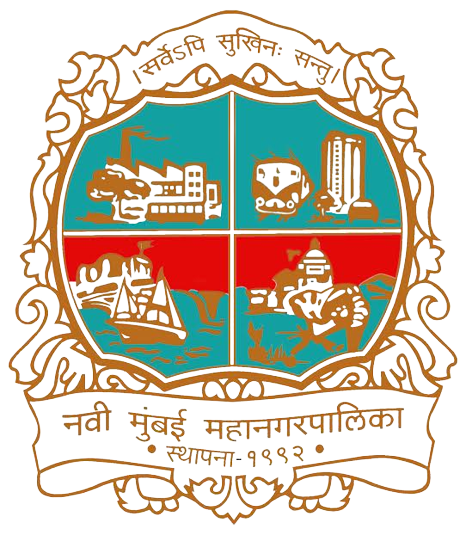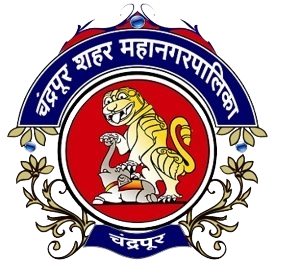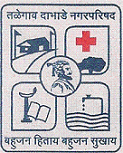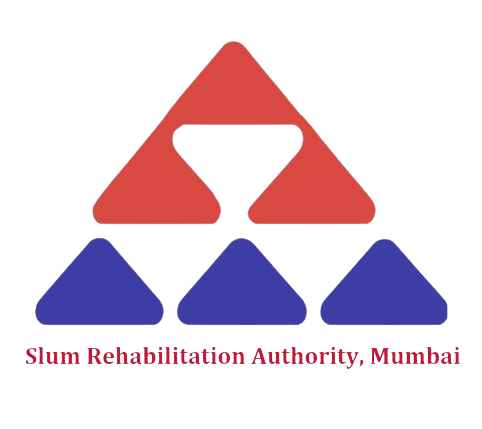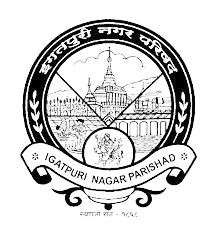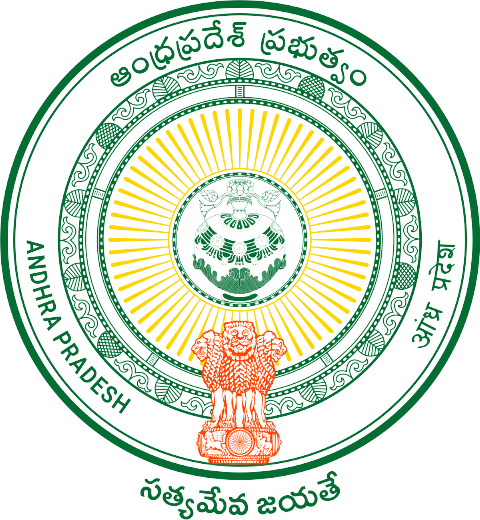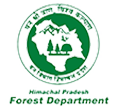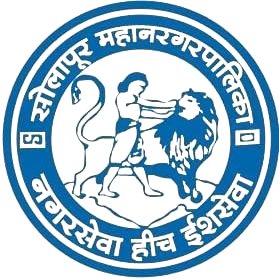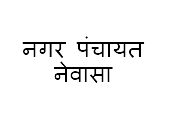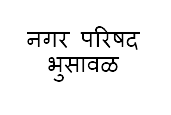Satellite Imagery forms the backbone of modern geospatial solutions, offering a bird’s-eye view of the Earth for comprehensive analysis and decision-making. At SAAR, we utilize high-resolution satellite data to provide precise insights for a wide range of applications.
- High-Resolution Imaging
Capture detailed visuals for accurate mapping and analysis.
- Global Coverage
Access imagery from anywhere on Earth, including remote or inaccessible areas.
- Multi-Spectral Analysis
Utilize data across visible, infrared, and other spectra for in-depth studies.
- Timely Updates
Monitor changes over time with historical and real-time imagery.
- Cloud-Based Processing
Leverage platforms like Google Earth Engine for efficient data handling and analysis.
- Urban Planning
Analyze land use, infrastructure growth, and urban sprawl.
- Environmental Monitoring
Track deforestation, water bodies, and climate change impacts.
- Agriculture
Assess crop health, soil moisture, and irrigation patterns.
- Disaster Management
Identify affected areas and plan recovery operations during floods, earthquakes, or wildfires.
- Mining & Natural Resources
Map mineral deposits, monitor extraction areas, and assess environmental impacts.
- Access to Leading Satellite Providers
Collaborations with top satellite data providers for high-quality imagery.
- Custom Analysis
Tailored solutions for specific industry needs.
- Expertise in Integration
Seamless integration of satellite data with GIS platforms and dashboards.
- End-to-End Solutions
From data acquisition to processing and actionable insights.
With satellite imagery, we help organizations unlock the potential of geospatial intelligence, delivering accurate, actionable data to meet their goals efficiently and effectively.
- Optical Imagery (Visible Spectrum)
- Infrared Imagery
- Synthetic Aperture Radar (SAR) Imagery
- Multispectral Imagery
- LiDAR Imagery (Light Detection and Ranging)
- Thermal Imagery
Description: Optical imagery captures visible light and provides detailed, high-resolution images similar to photographs taken from space. These images can include color, brightness, and texture information.
Use Cases:
1. Private Sector: Urban planning, land use analysis, real estate development, infrastructure monitoring, and environmental risk management.
2. Public Sector:Mapping city layouts, monitoring urban growth, disaster response, and environmental conservation.
Description: Captures infrared radiation, which is useful for identifying heat signatures and plant health. Infrared imagery can be used to detect temperature variations, vegetation health, and other thermal properties.
Use Cases:
1. Private Sector: Agricultural monitoring (crop health, irrigation management), energy audits (detecting heat leaks in buildings), and forestry (assessing forest health).
2. Public Sector: : Environmental monitoring, climate change studies, monitoring energy efficiency in public infrastructure, and assessing public health risks.
Description: Uses radar waves to capture imagery regardless of weather conditions or daylight, making it highly useful for continuous monitoring. SAR is effective for measuring ground displacement, soil moisture, and urban infrastructure.
Use Cases:
1. Private Sector: Oil and gas pipeline monitoring, land deformation tracking, and infrastructure integrity checks (e.g., bridges, buildings).
2. Public Sector: Disaster monitoring (floods, earthquakes), managing urban settlements, and monitoring coastal erosion or subsidence.
Description: Captures data in multiple bands across the electromagnetic spectrum (visible light, infrared, and sometimes UV). This allows for more detailed analysis, including vegetation, water bodies, and land features.
Use Cases:
1. Private Sector: Precision agriculture (crop stress detection, soil health), environmental monitoring, and forestry (tracking deforestation or forest growth).
2. Public Sector: Biodiversity monitoring, land use management, forest management, and natural disaster preparedness.
Description: LiDAR captures 3D data using laser pulses to measure distances to the Earth's surface. It provides highly accurate 3D elevation models and topographic information.
Use Cases:
1. Private Sector: Infrastructure planning (roads, utilities), flood risk management, and construction (site mapping).
2. Public Sector: Flood modeling, disaster recovery planning, topographic mapping for urban development, and coastal management.
Description: Detects heat energy and provides images based on temperature variations on the ground. This is commonly used for identifying heat sources or cold spots.
Use Cases:
1. Private Sector: Facility management (identifying energy inefficiencies), power grid monitoring, and detecting mechanical issues in industrial equipment.
2. Public Sector: Emergency response (forest fires, heatwaves), monitoring urban heat islands, and healthcare (temperature analysis for public health).








